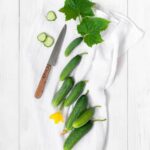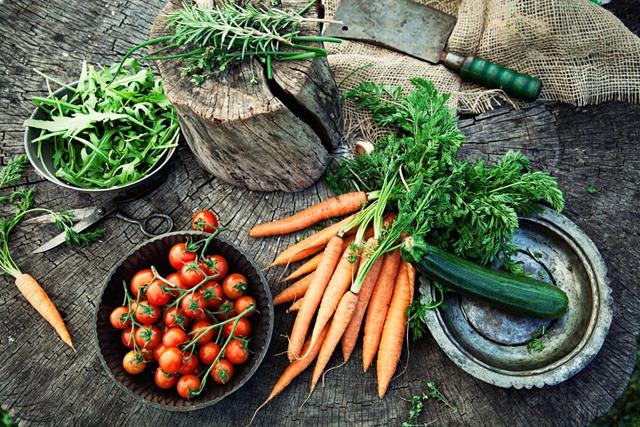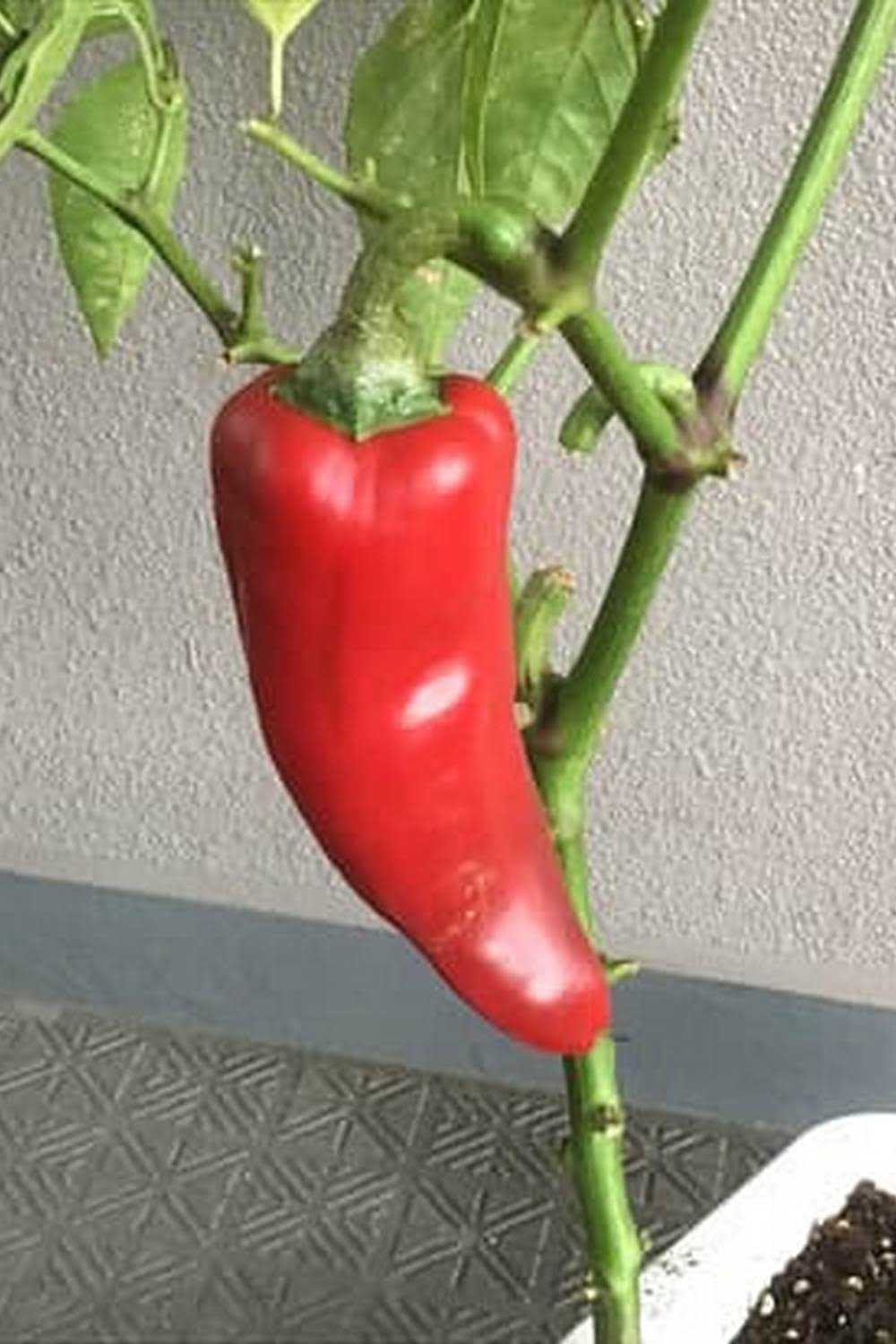Introduction
Garden vegetables that thrive in partial sun are great for gardeners looking for a moderately lit area to plant their produce. Partial sun can refer to several areas of light, from full-morning or afternoon sun to the part shade conditions found near walls, fences and other structures. Many popular vegetables, such as tomatoes, peppers, carrots and green beans, are well-suited for partial sun areas. When positioned or planted correctly and given enough direct sun exposure as well as consistent moisture, these vegetables can actually be quite easy to grow.
When planting garden vegetables in partial sun locations it is important to consider the environment and determine when the best times during sunny days are for receiving direct sunlight. For example, if you have an area of your garden that will only receive morning sun due to surrounding trees or buildings, then certain types of vegetables will fare better than those needing more intense light levels throughout the day. Be sure to research the ideal hours of light each vegetable needs before investing in its growth. In addition to sunlight requirements, you should also account for soil type and other factors such as climate conditions that could make all the difference between a successful harvest and a failed one.
With careful consideration and thoughtfulness towards vegetable placement in your garden, you can look forward to tasty harvests for months on end! Garden veggies such as tomatoes, peppers and green beans thrive under partial sunlight scenarios that give them just enough light throughout their growing season while leaving room for plenty of fresh air circulation in order to flourish even further. It’s important though that they still get enough water daily so they don’t wilt during hot days; depending on your location this could mean setting up a drip irrigation system or central hose spigot closest to your gardens where you’re growing these veggies (which means having plastic tubing available). Also remember not every veggie needs full sunlight – some root plants like carrots do best with morning dew droplets instead of too much harsh heat radiation during peak midday hours! With the right amount of love and attention paid into the carefully planned out positioning of each kind of garden vegetable will most certainly result in outstandingly delightful yields!
Ideal Amount of Sunlight for Partial Sun Vegetables
Partial sun vegetables are those that grow best when receiving 4-6 hours of direct sunlight each day. While some will tolerate less, and other can tolerate more, providing your garden vegetables with near 6 hours of direct sunlight is ideal for optimal growth and production. Additionally, it’s also important to make sure that the vegetables are not in partial shade for too long – if the plants are receiving only a few hours of morning sun or late afternoon sun, but full bright sun during peak parts of the day then this will likely still be okay as far as nutrition and growth is concerned.
Advantages of Planting Vegetables with Partial Sun Exposure
Planting vegetables in partial sun exposure provides many advantages to gardeners. Partial sun exposure helps lower the risk of leaves burning from prolonged exposure to the sun’s direct rays. Vegetables will have a better chance of retaining moisture when planted in an area with partial sun exposure, as the soil is not likely to dry out as quickly. This can help reduce the amount of water needed for gardening, leading to improved water conservation efforts. Additional benefits include protection from some of the more extreme temperatures, prolonging the harvest season, and reduced damage due to pests and disease. Planting vegetables with partial sunshine also provides variety in terms of soil types, enabling gardeners to experiment with different plants on different parts of the garden. Finally, regions with greater temperature variation during seasons tend to benefit more when planting vegetables with partial sun exposure – particularly areas like inland valleys that experience large swings between hot days and cold nights.
Different Varieties of Vegetables Suited to Partial Sun Conditions
When growing vegetables in garden beds, it is important to choose varieties that are suited to the amount of sunlight they will be exposed to. Partial sun conditions refer to direct sunlight of 3-5 hours per day or dappled sunlight throughout the day. The following vegetables are suitable for partial sun conditions: Carrots, radishes, lettuce, spinach, Swiss chard, green beans, peas, peppers (sweet and mild varieties), eggplant and tomatoes. Additionally, some root vegetables such as potatoes and beets can also thrive in partial sun conditions as long as there is supplemental irrigation when necessary.
It is best to research each variety of vegetable prior to planting so you can identify if they need full sun or partial sun to produce a high yield. Also note that consistent temperatures between 65°F-95°F (18°C-35°C) encourage vigorous growth and plentiful yields. Certain climates may require shade cloth or other forms of protection for delicate plants; check with your local gardening experts for more information about growing vegetable varieties in partial sun conditions specific to your region.
Preparing the Garden for Planting Partial Sun Vegetables
When planting vegetables in partial sun, it is important to make sure that the area you want to plant them in has the correct conditions. First, check the soil type and make sure it is suitable for growing vegetables by doing a soil test. You should also ensure that the soil is well-drained and work in organic matter such as compost or well-aged manure. Carefully rake or till the soil before planting to break up any clumps and add nutrients. You should also remove any weeds and dead vegetation before planting your vegetables. Finally, it is advisable to have a balanced nutrient mix so that your plants can grow healthily, as long as there is enough sunlight. Partial shade crops also require adequate irrigation so they don’t dry out; this can be done with a watering system or by hand. To ensure that your plants are getting enough of both light and water, you should Place them close together with other larger plants for more protection from hot sun exposure during midday hours.
Getting the Most Out of a Partial Sun Vegetable Garden
When gardening in a partial sun environment, it’s important to choose vegetable varieties that thrive in lower light settings. Tomatoes, peppers, green beans, and cucumbers are all excellent choices for your partial sun garden. Planting them in snug rows that capture as much early morning and late evening sunshine is also essential. For maximum yields from these vegetables, use chosen area with plenty of other vegetables planted similarly nearby to make the most of any available light resources. Additionally, mulching your garden beds with straw or hay will help retain moisture levels so your vegetables don’t dry out during the day. Fertilizing with a low nitrogen product once or twice during the season can also help keep your plants producing better quality cropping harvests. Furthermore, providing just a few hours of supplemental lighting to extend the daylight period in the evening can be helpful if you are not getting enough direct sunlight during the day. Finally, adding reflective materials around and between your plant rows may help redirect some indirect sunlight onto plants and increase available light to them further still. By following these tips you should have success growing a variety of delicious vegetables even at partial-sun locations!
Troubleshooting Common Challenges in Partial Sun Vegetable Gardening
Vegetables that prefer partial sun typically require at least four to six hours of direct sunlight each day, but no more than eight hours. These are the vegetables you may want to consider gardening in the partial sun: beans, carrots, corn, cucumbers, eggplant, peppers, potatoes, squash, and tomatoes.
Partial sun vegetable gardens can be challenging for gardeners due to fluctuations in weather and water levels. To get the most out of your garden it’s important to monitor light levels throughout the growing season and supplement with a greenhouse or artificial lighting if necessary. Additionally, soil moisture should be monitored regularly as moist soils can easily dry out in hot weather or when light levels are low for extended periods. Good irrigation practices such as regular watering or mulching can help regulate soil moisture levels. Furthermore, planting vegetables closer together will provide more shade and help reduce water evaporation from the soil surface which will help preserve moisture. Lastly, be sure to check for diseases such as root rot regularly since these thrive in moist environments that may occur with too much irrigation or not enough ventilation when plants are close together. Having knowledge of these elements can ensure success in your partial sun vegetable garden!
Conclusion
If you are looking for ways to create an abundant vegetable garden but are limited in the amount of sunlight available, don’t despair. There are a variety of garden vegetables that grow well and thrive in partial sun. With careful research and thoughtful planning, it is entirely possible to enjoy a bountiful yield from these varieties. It is important to match plants with the right conditions such as their hardness zone and light requirements. Some vegetables need full sun while others like beetroots prefer some shade throughout the day. In addition, keep in mind soil types, watering habits, and weeding needs when fertilizing your soil or layering it with natural compost. With enough water and a steady supply of nutrients, your plants should be good to go! By changing up vegetable varieties every season or planting dwarf tomato varieties on wooden stakes or trellises, you can also give your garden unique added flair without having to sacrifice any plant productivity. Experimentation is key here as different vegetables have different preferences – so if one particular vegetable just isn’t working out for you in one location, try again somewhere else! Where there’s a will there’s way: with thorough preparation and planning you can create the perfect home for your partial-sun vegetables – resulting in an abundant harvest for everyone’s enjoyment!

If you’re looking to get into vegetable gardening, or are just looking for some tips on how to make your current garden better, then you’ve come to the right place! My name is Ethel and I have been gardening for years. In this blog, I’m going to share with you some of my best tips on how to create a successful vegetable garden.





